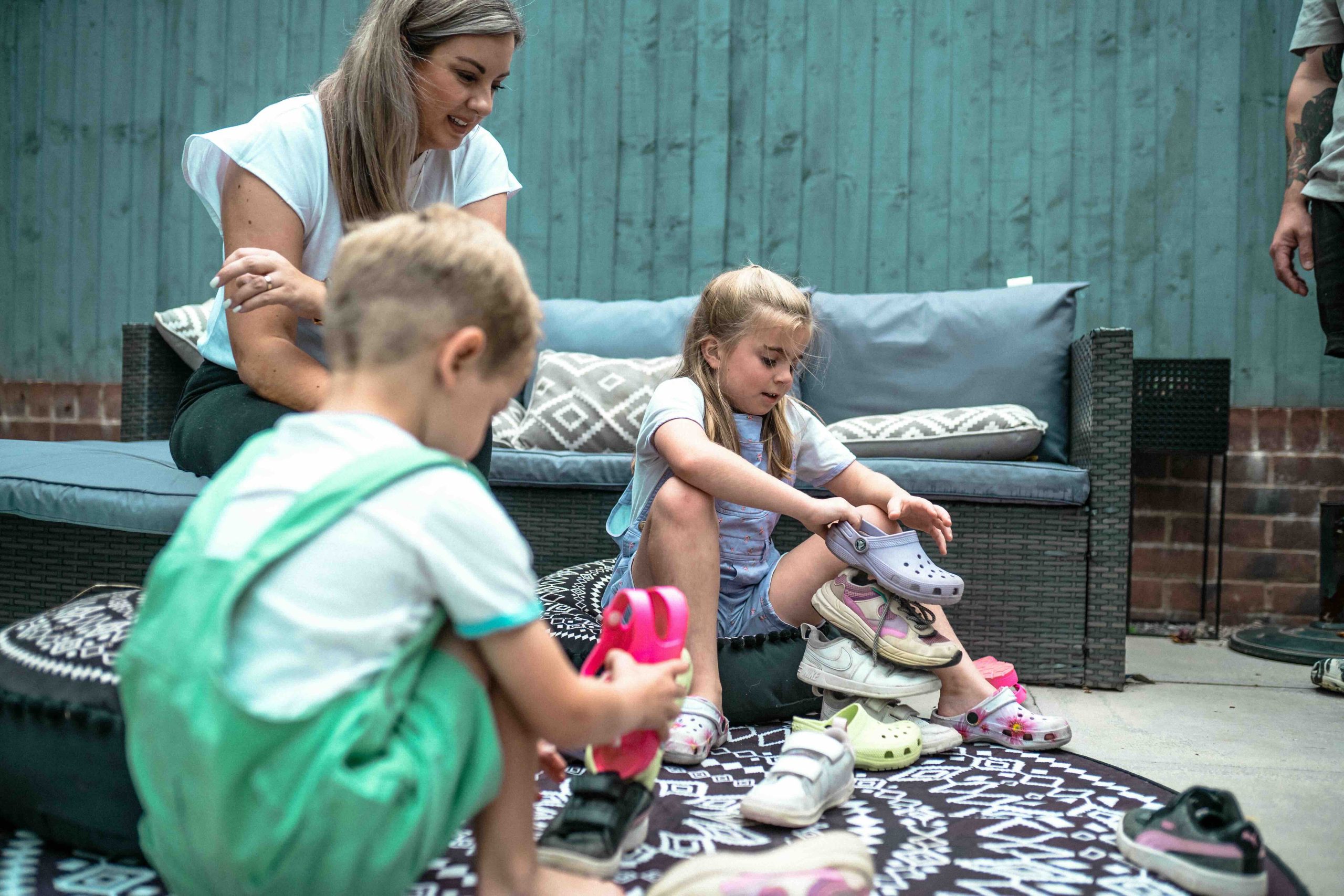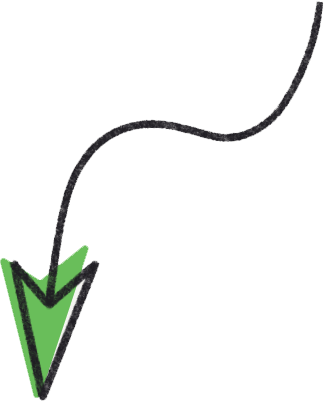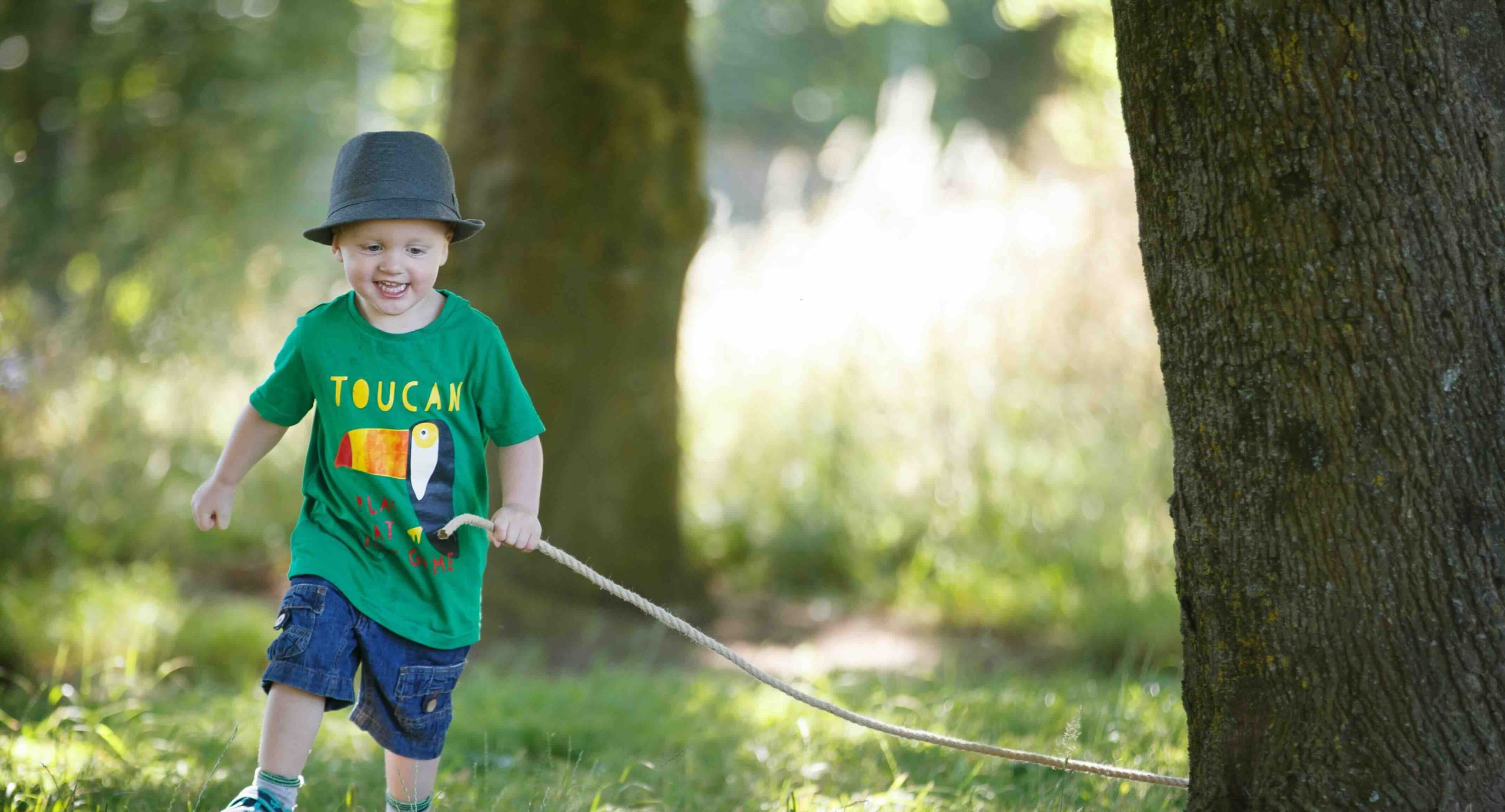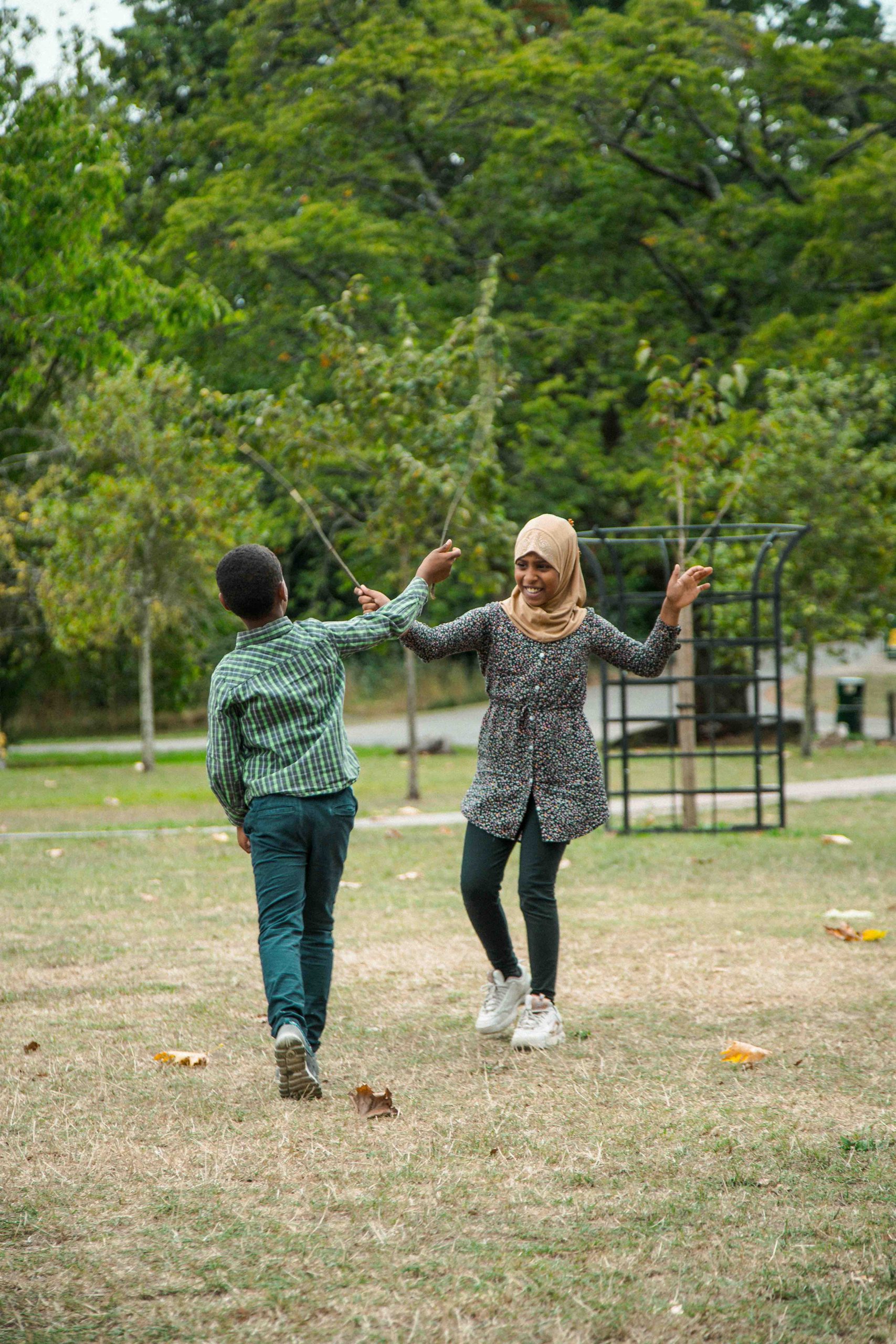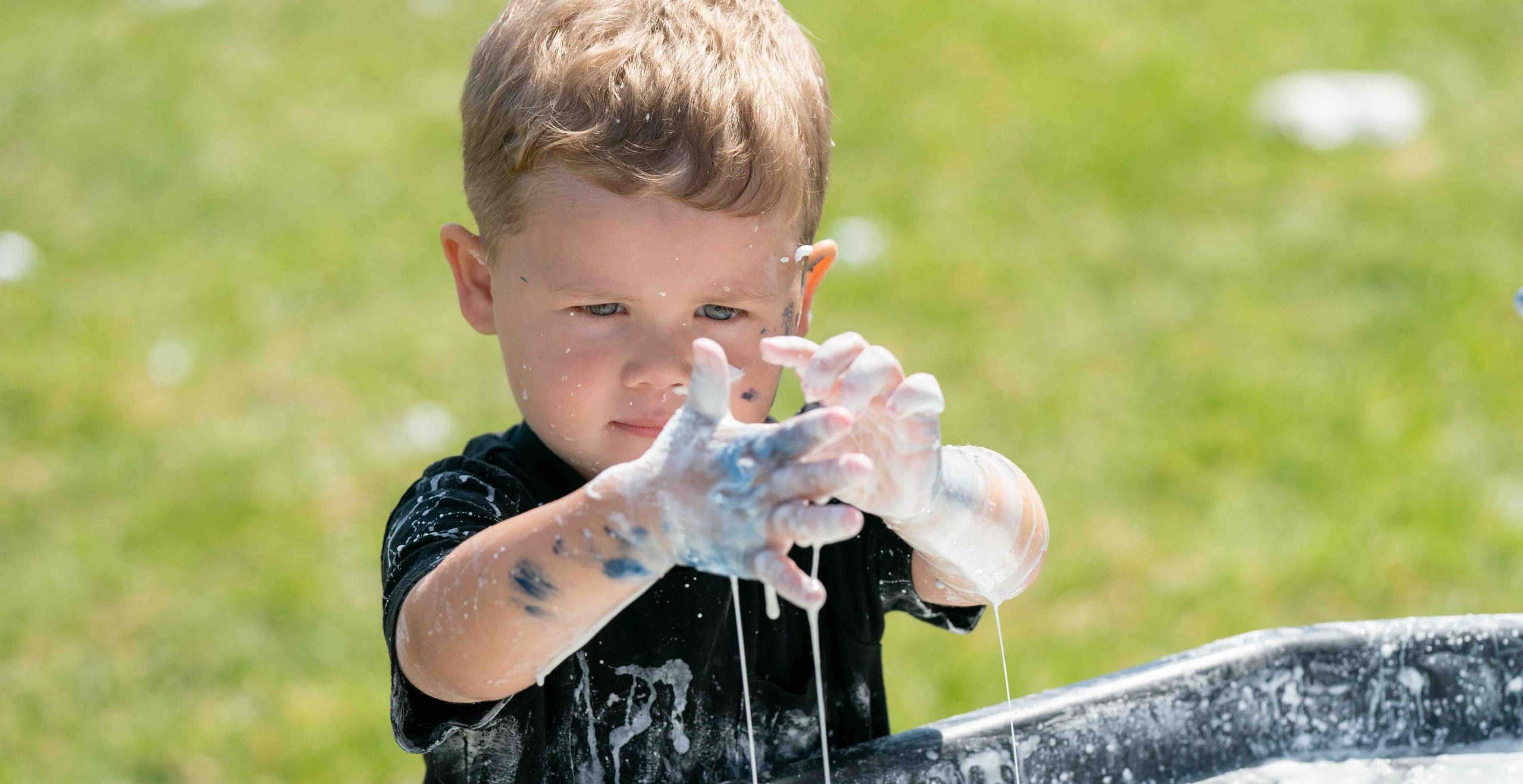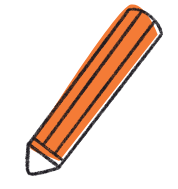Play Ideas
Playing at home
Your home is your child’s first play space – and the most familiar. Your child can make creative use of any available space – even the corner of a room – if they have the freedom to play and a few toys and other bits and pieces.
Playing at home helps your child feel safe, secure and happy. Young children usually enjoy the same types of play again and again, and this is easy to do at home.
Older children also enjoy the familiarity of playing at home. They may want to play alone or with you, friends or siblings. If you have recently moved house or are away from home, having familiar things to play with can help your child feel settled.
Here are some fun and easy play ideas your child can enjoy at home.
Bath time
Showers and baths are the perfect time to play with water, splashing and having fun.
You can make bath time even more playful with:
- things that float or sink, like sieves, plastic cups and rubber ducks
- songs and rhymes
- smells, sensations and textures using things like bubbles, soap, drips and sponges.
Remember to always supervise young children when they are in the bath or playing with water.
Household tasks
Your child can have a lot of fun joining in with some of the household tasks they see you doing. You may need to be extra patient, as the tasks might take longer or be a bit messier when your child is involved!
Fun household tasks include:
- washing up (remove sharp and easily broken items first)
- cleaning windows with buckets of soapy water
- sweeping up or hoovering floors
- polishing things like door handles or pots and pans.
Mealtimes
Mealtimes are a great opportunity to spend time together. Putting screens and phones away during meals helps you and your child enjoy your food and concentrate on your time together. Mealtimes are great for:
- chatting about the day
- planning your next play adventure together
- starting conversations about interesting or funny topics
- playing simple games like ‘I spy’ or memory games like ‘I went to the market’.
Early starts
Here are a few ideas for times when your child wakes up early in the morning ready to play.
- Set up a cosy area with a picnic blanket and some soft toys or teddy bears so they can play quietly nearby.
- Let them snuggle in bed with you.
- Keep the lights dim and avoid gadgets and screens.
- Have some favourite books nearby to read together.
- Go for an early morning walk together.
Active play
It’s better for children and teenagers if they don’t spend too long sitting still. If they are sitting still, for example at a screen, reading or watching TV, you can help.
You can remind them to take a break and set an alarm to remind them to get up and move around. You can suggest ideas for other activities, too, and set a good example by making sure you don’t sit still for too long.
Here are a few suggestions of active play at home:
- home-made dens, castles and shops
- mini-obstacle courses made from cushions and rugs
- favourites games like hide and seek and charades
- treasure hunts around the house
- cardboard boxes made into cars, castles or spaceships.
You’ll find lots of tips for playing in and around your home in our Playing at home guide
Noise and mess
It’s normal for children to be noisy and messy when they’re playing.
Noise is a good sign that children are communicating and interacting. If their noise is a real problem, suggest they go somewhere else where they will have more freedom to be themselves without needing to be quiet such as their bedroom. You might want to suggest some quieter activities, for example ‘I spy with my little eye’.
Mess doesn’t have to be a problem – read our top tips for messy play.
You can find even more ideas for playing at home in our blog, “I’m boooored!”





